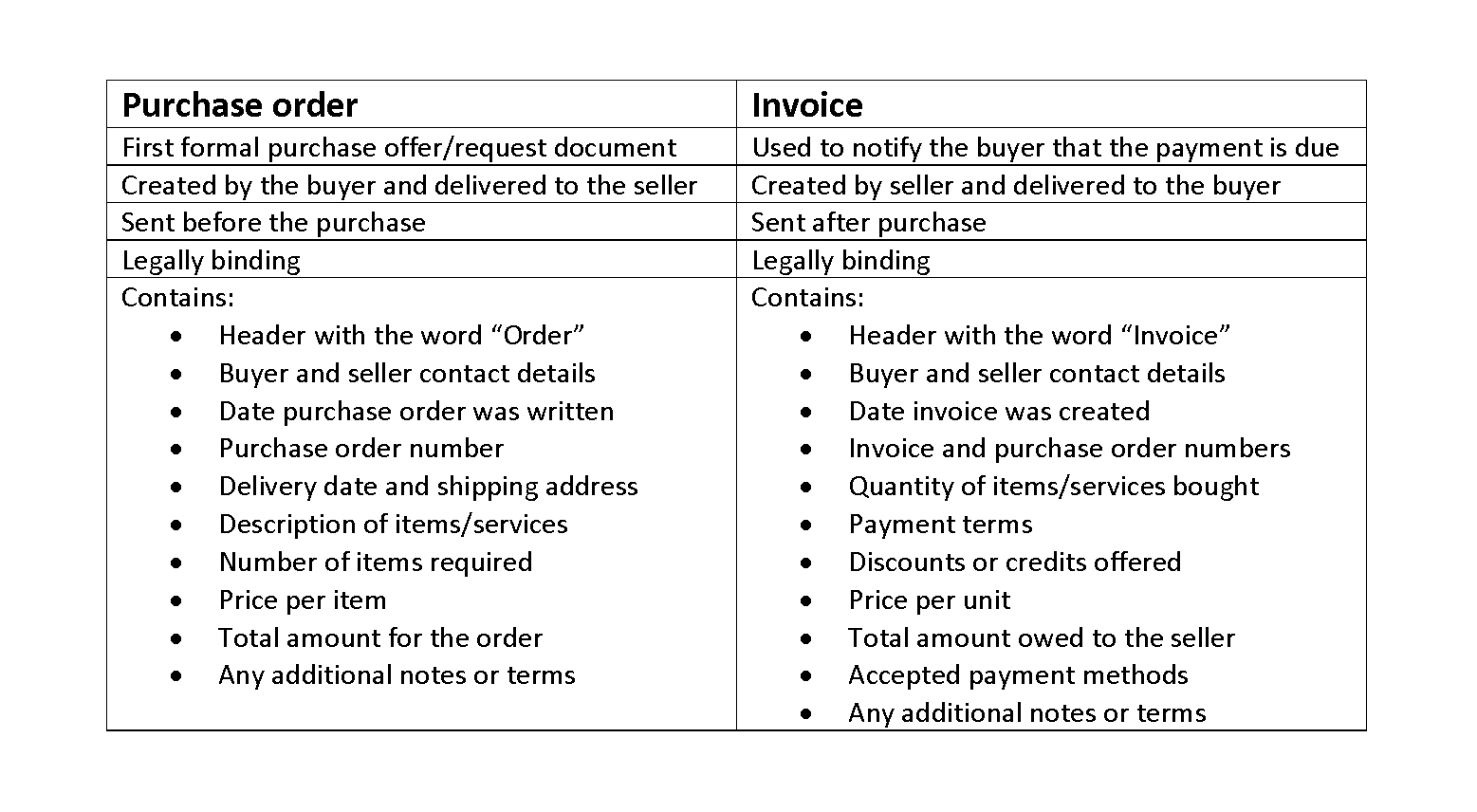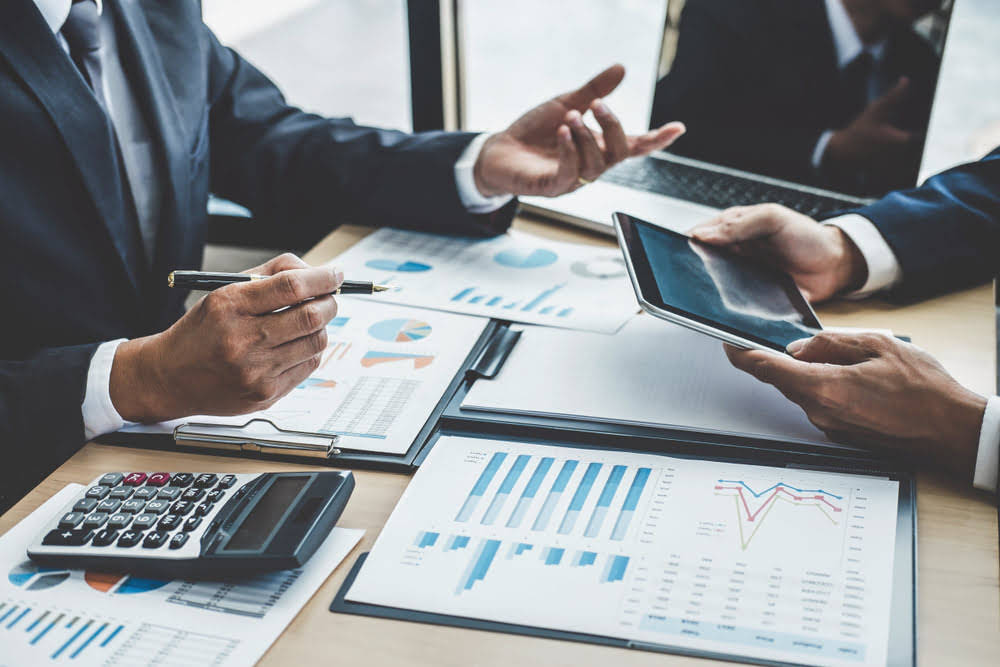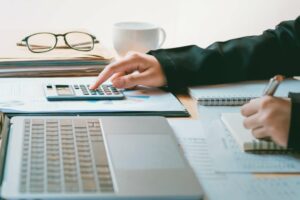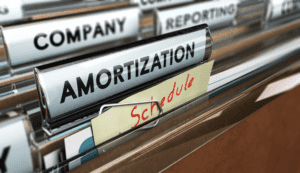
In this scenario, we can use the formula to calculate the depreciation expense for the first year. However, note that eventually, we must switch from using the double declining method of depreciation in order for the salvage value assumption to be met. Since we’re multiplying by a fixed rate, there double declining balance method will continuously be some residual value left over, irrespective of how much time passes. Certain fixed assets are most useful during their initial years and then wane in productivity over time, so the asset’s utility is consumed at a more rapid rate during the earlier phases of its useful life.

Step 2: Compute Current Year Depreciation Expense
- The total expense over the life of the asset will be the same under both approaches.
- At Finance Strategists, we partner with financial experts to ensure the accuracy of our financial content.
- The higher depreciation in earlier years matches the fixed asset’s ability to perform at optimum efficiency, while lower depreciation in later years matches higher maintenance costs.
- Adam received his master’s in economics from The New School for Social Research and his Ph.D. from the University of Wisconsin-Madison in sociology.
- If you use the double-declining balance method, the book value of the assets will change every year.
Now that we have a beginning value and DDB rate, we can fill up the 2022 depreciation expense column. Next year when you do your calculations, the book value https://www.bookstime.com/ of the ice cream truck will be $18,000. Recovery period, or the useful life of the asset, is the period over which you’re depreciating it, in years.
What Is the Declining Balance Method of Assets Depreciation?

The following examples show the application of the double and 150% declining balance methods to calculate asset depreciation. In the above example, we assumed a depreciation rate equal to twice the straight-line rate. However, many firms use a rate equal to 1.5 times the straight-line rate. An asset for a business cost $1,750,000, will have a life of 10 years and the salvage value at the end of 10 years will be $10,000. You calculate 200% of the straight-line depreciation, or a factor of 2, and multiply that value by the book value at the beginning of the period to find the depreciation expense for that period.
Step 2: Determine the straight line depreciation rate

It’s ideal for assets that quickly lose their value or inevitably become obsolete. This is classically true with computer equipment, cell phones, and other high-tech items that are generally useful earlier on but become less so as new models are brought to market. An accelerated method of depreciation ultimately factors in the phase-out of these assets.

Use of Double-Declining-Balance on Financial Statements
Among the various methods of calculating depreciation, the Double Declining Balance (DDB) method stands out for its unique approach. This article is a must-read for anyone looking to understand and effectively apply the DDB method. Whether you’re a business owner, an accounting student, or a financial professional, you’ll find valuable insights and practical tips for mastering this method. Companies will typically keep two sets of books (two sets of financial statements) – one for tax filings, and one for investors.
- Let’s examine the steps that need to be taken to calculate this form of accelerated depreciation.
- These include various elements like assets, liabilities, taxes, and so on.
- The amount of final year depreciation will equal the difference between the book value of the laptop at the start of the accounting period ($218.75) and the asset’s salvage value ($200).
- The double declining balance method is considered accelerated because it recognizes higher depreciation expense in the early years of an asset’s life.
- Both methods reduce depreciation expense over time, but DDB does so more rapidly.
- This formula works for each year you are depreciating an asset, except for the last year of an asset’s useful life.
- Thus, an increase in the cost of repairs of each subsequent year is compensated by a decrease in the amount of depreciation for each subsequent year.
The overall depreciation recognized in the end is the same regardless of the method used. To get a better grasp of double declining balance, spend a little time experimenting with this double declining balance calculator. It’s a good way to see the formula in action—and understand what kind of impact double declining depreciation might have on your finances. In the first year of service, you’ll write $12,000 off the value of your ice cream truck. It will appear as a depreciation expense on your yearly income statement. When accountants use double declining appreciation, they track the accumulated depreciation—the total amount they’ve already appreciated—in their books, right beneath where the value of the asset is listed.
However, you should be aware of the method your company uses to maintain its books of accounts. It’s always best to have a rationale for why you’re using a particular method and the purpose the method serves for your new business. Now, for applying the double-declining balance method, calculate the SLDP first.
- The DDB method is particularly relevant in industries where assets depreciate rapidly, such as technology or automotive sectors.
- If you have taken a loan to finance the asset’s purchase, you can quickly pay off a more significant chunk of that loan.
- However, it is crucial to note that tax regulations can vary from one jurisdiction to another.
- Due to the accelerated depreciation expense, a company’s profits don’t represent the actual results because the depreciation has lowered its net income.
- The beginning book value is multiplied by the doubled rate that was calculated above.
- Instead of multiplying by our fixed rate, we’ll link the end-of-period balance in Year 5 to our salvage value assumption.
